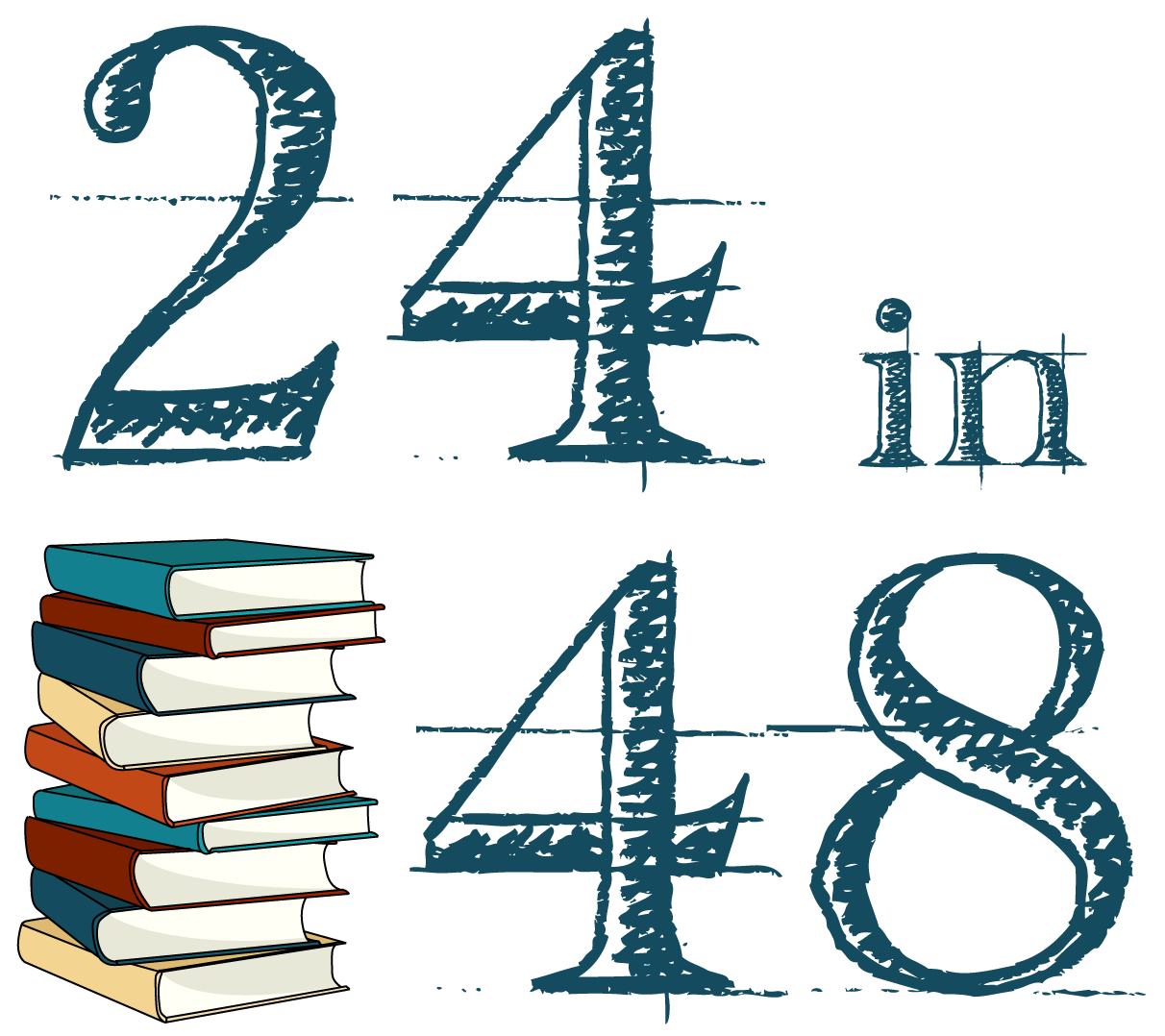
My rating: 5 of 5 stars
I have seen many reviews and even jokes on social media about how some of the best books can wreck a reader emotionally and yet they will still love it. Personally, while some books had certainly played with my emotions, I have never really felt emotionally wrecked by a book that I ended up loving… until this book that is. Ms. Tahir has written an absolutely amazing work of fiction that reflects on grief, generational trauma, anger, and the dreams that we all hope to fulfill, but aren’t always able to.
All My Rage centers around three Pakistani-Americans. The first is Noor (which rhymes with lure), a young woman who is obsessed with indie rock music of the 1990s and 2000s and is hoping to escape the small fictional town of Juniper, located in California’s Mojave Desert, and go to college. Salahudin, also known as Sal, is a young man who likes literature & poetry and has a talent for writing, but a recent tragedy in his life hangs over everything he does in this book. While Noor and Sal have been friends since grade school, by the time the book starts they have had a recent falling out that strains their relationship. The third character is Misbah, the mother of Sal and an auntie of Noor’s, who owns and manages the Clouds Rest Inn motel that she and her family lives at in Juniper. Her life story is told in flashbacks throughout and her story weighs heavily on the main story of Noor and Sal.
It’s hard to describe how good this book is without spoiling it. Needless to say that both Noor and Sal are harboring secrets from each other. And though they draw closer to each other as the story moves forward, their secrets collide with each other in a spectacular fashion. Noor and Sal care deeply for each other, but their inability to share their secrets with each other will have disastrous consequences.
This book played with my emotions in a way few other books ever have. There was one part about halfway through the book where I was actually clenching my jaw in anger over an unjust situation. There’s also a side character whose casual and blatant racism towards Noor and Sal made me seethe with, well, rage. And the pain and loss that Noor, Sal, and Misbah go through in their lives genuinely moved me. Ms. Tahir’s skill at crafting an emotionally wrenching book is undeniable and is a key selling point for this book.
I wish I could go into more detail, but to do so would spoil many of the key plot points and character developments of the book. Suffice it to say, this is one of the best books of 2022 and you owe it to yourself to read this. I cannot recommend this book highly enough.


















